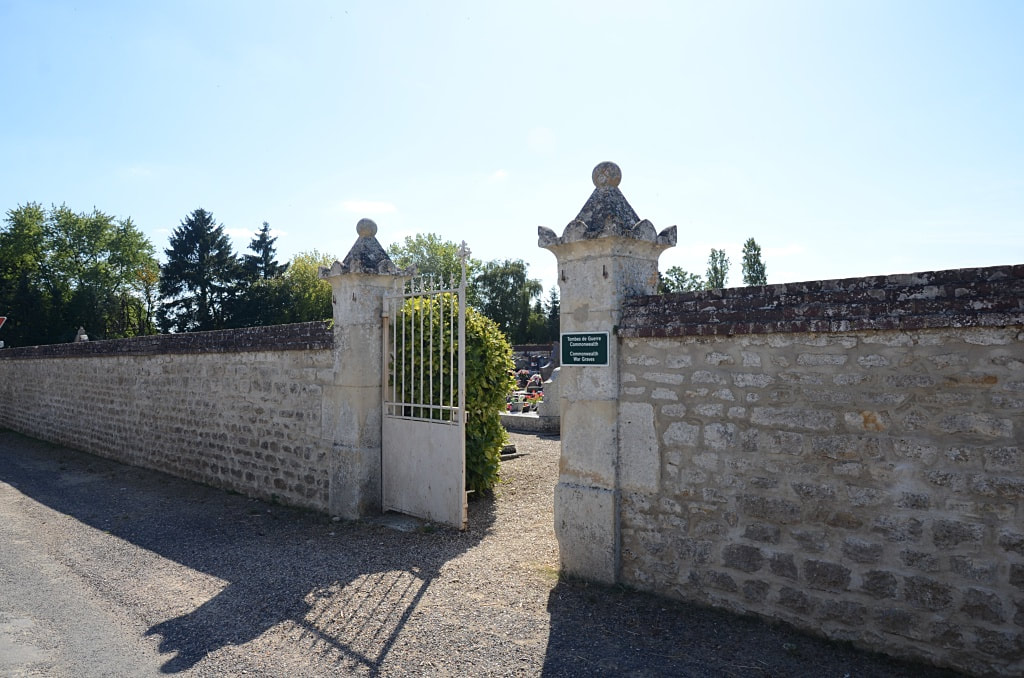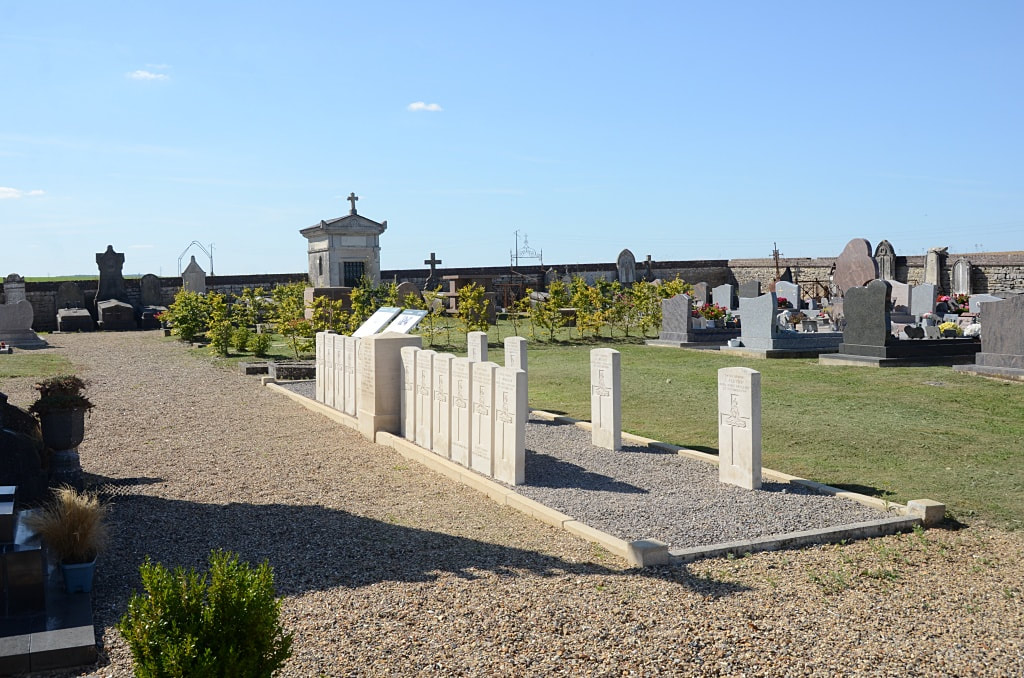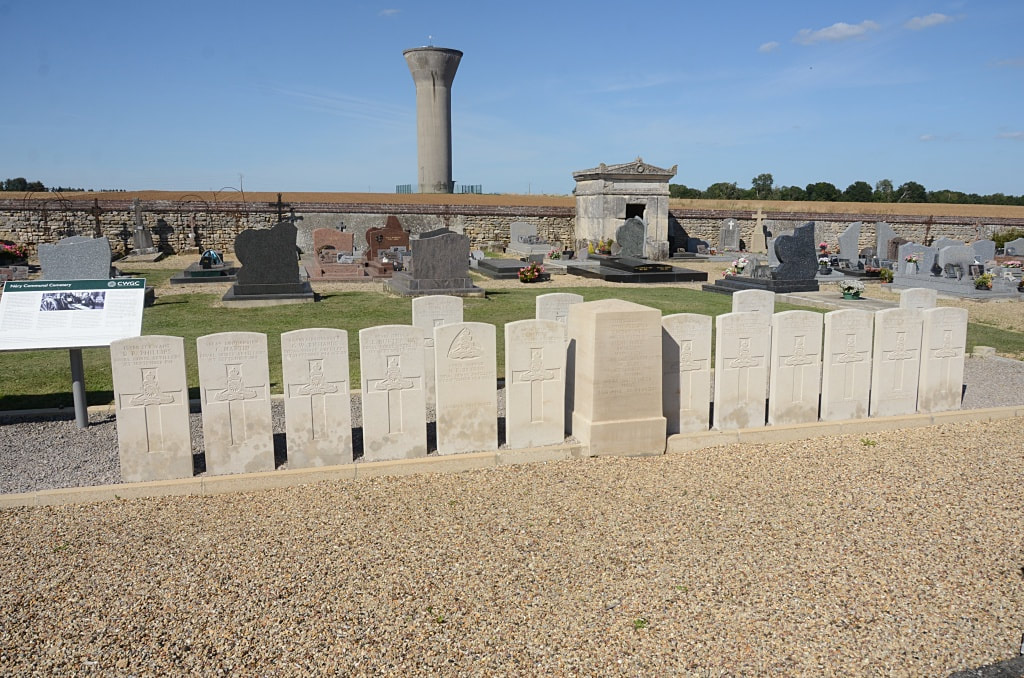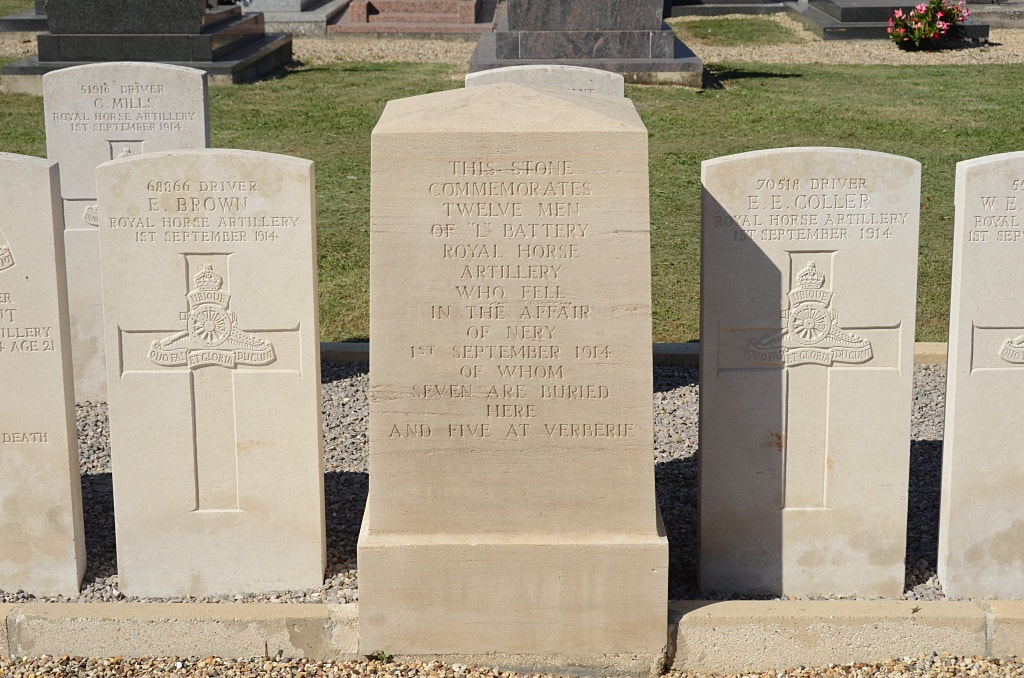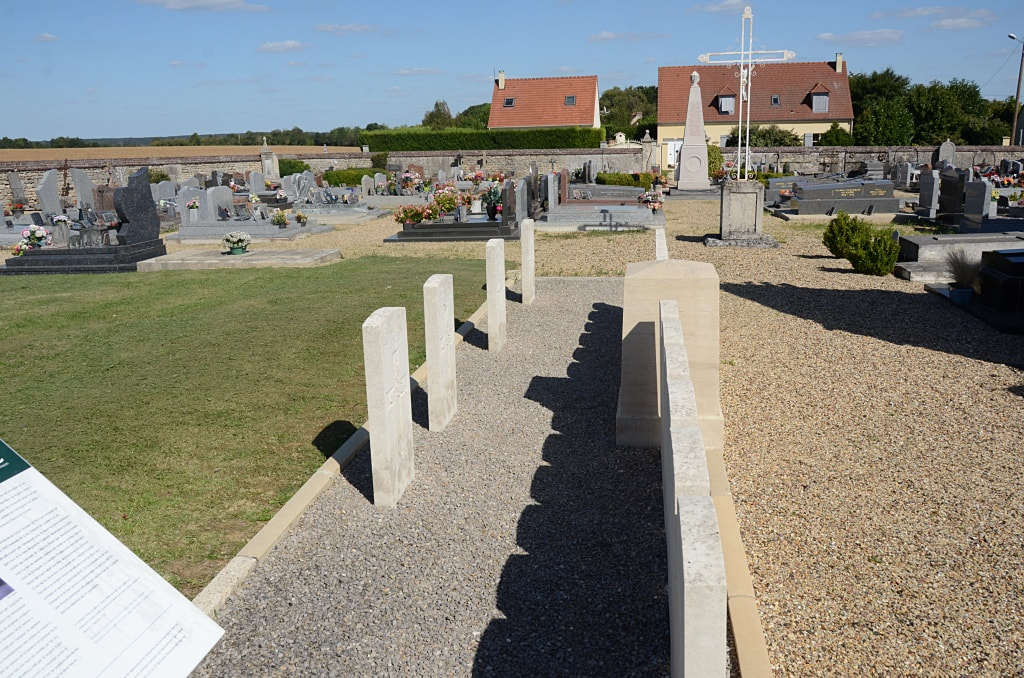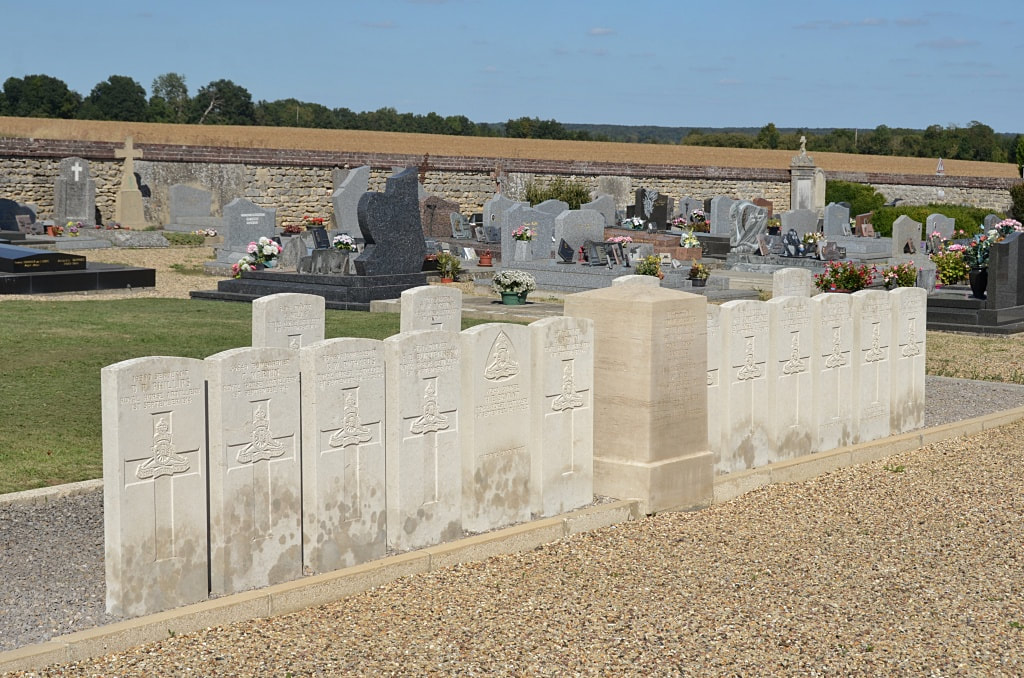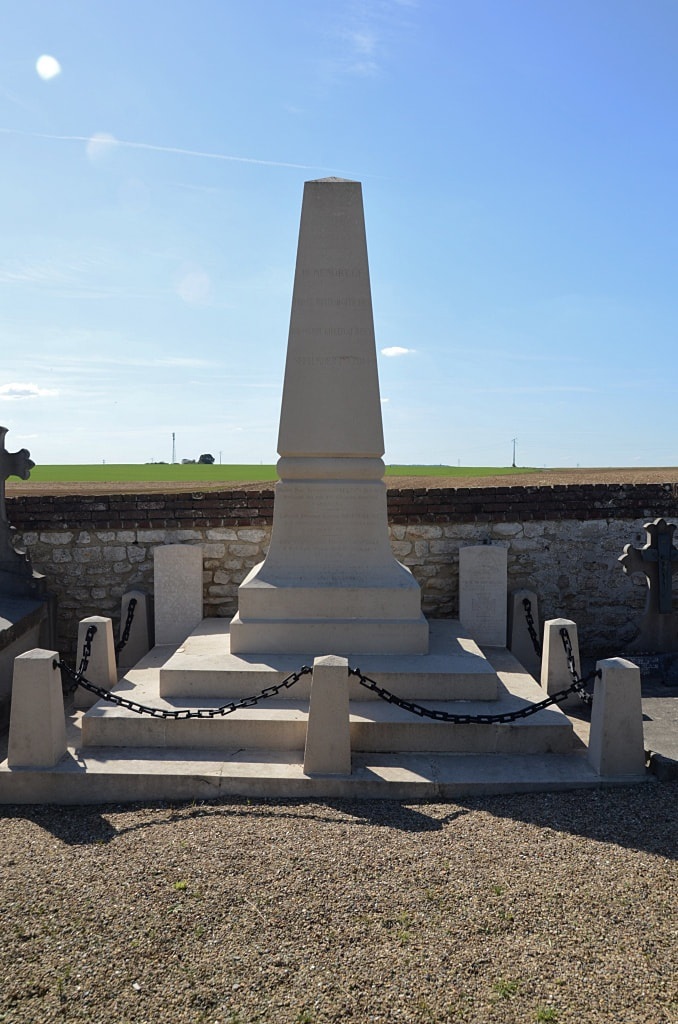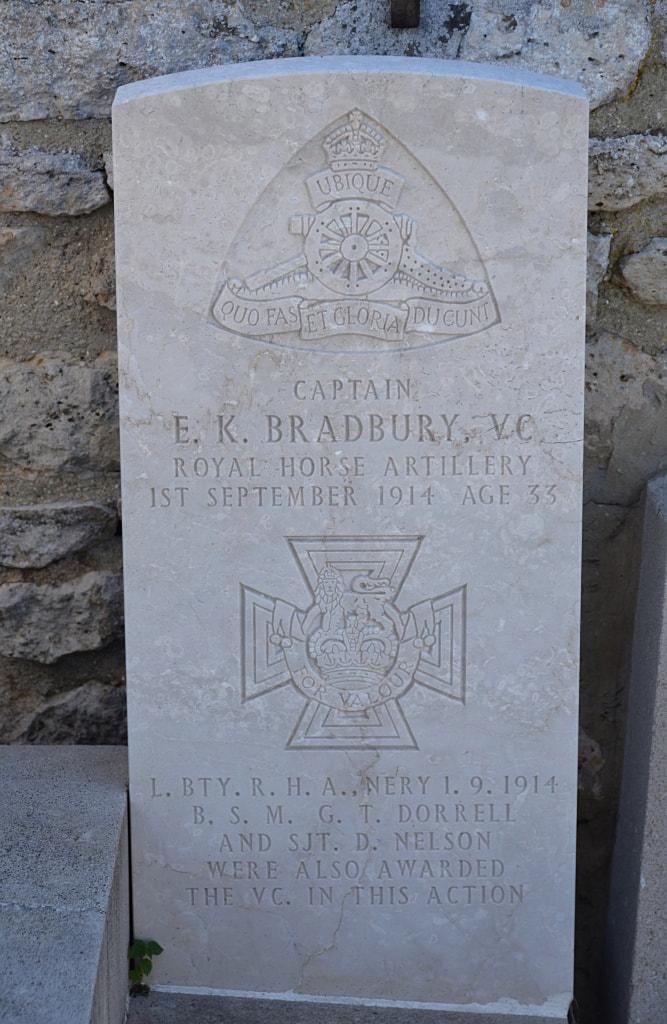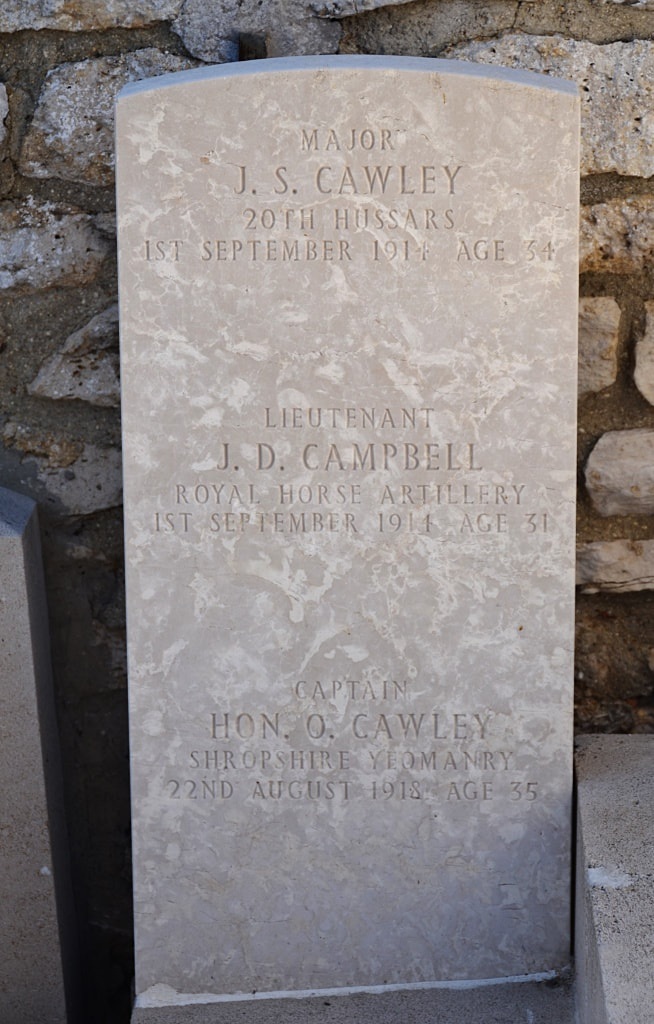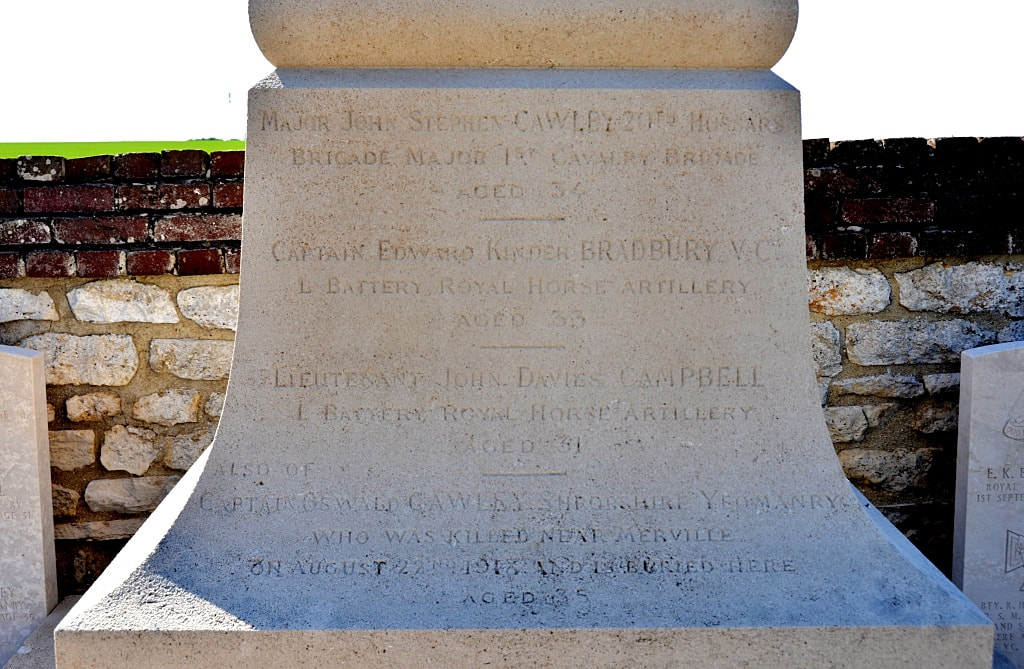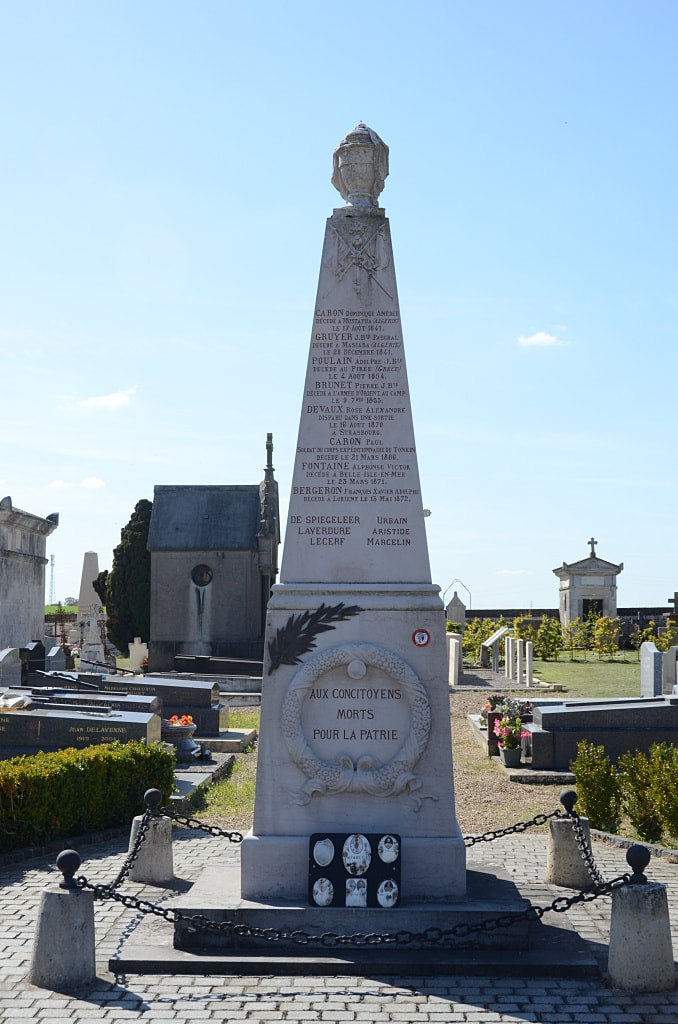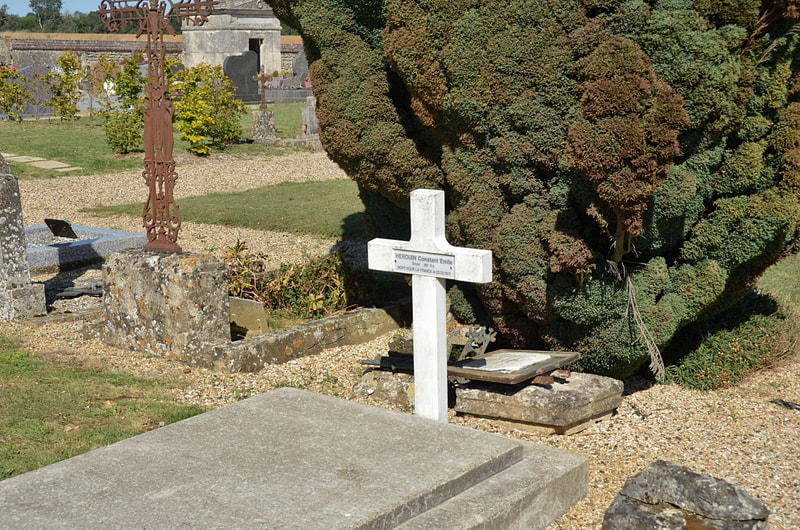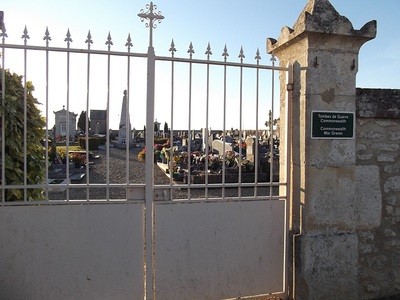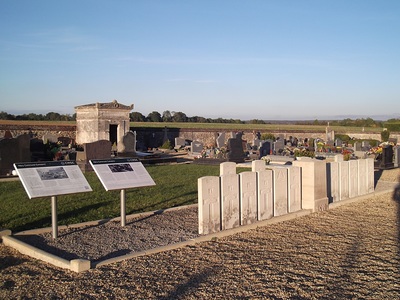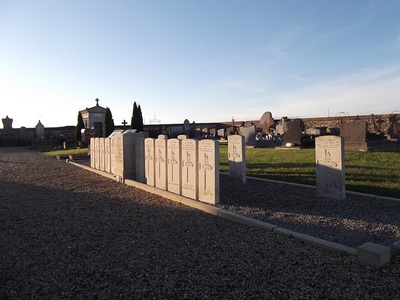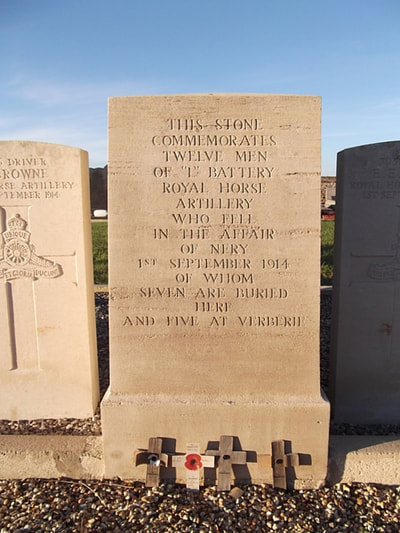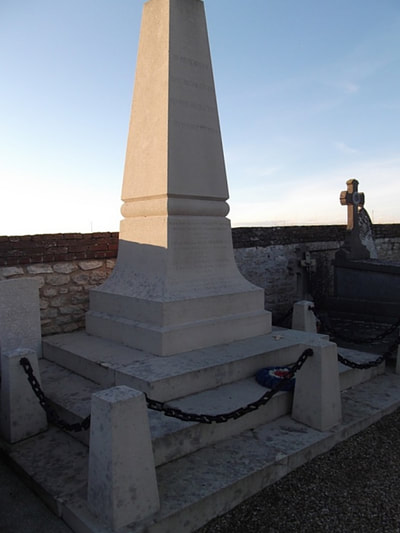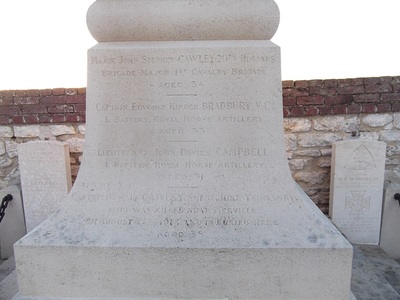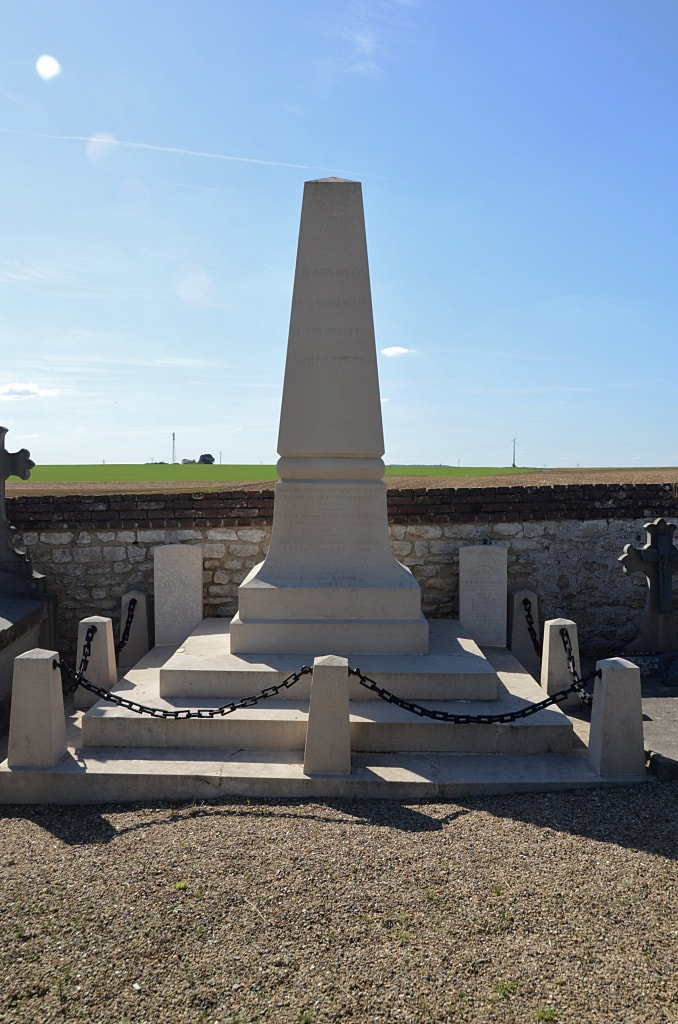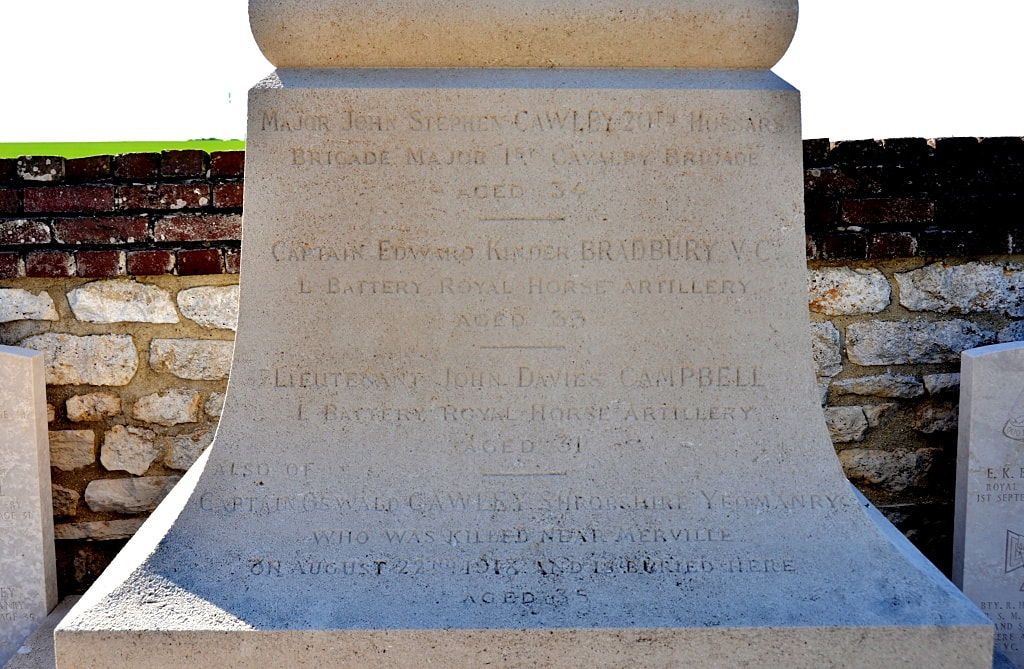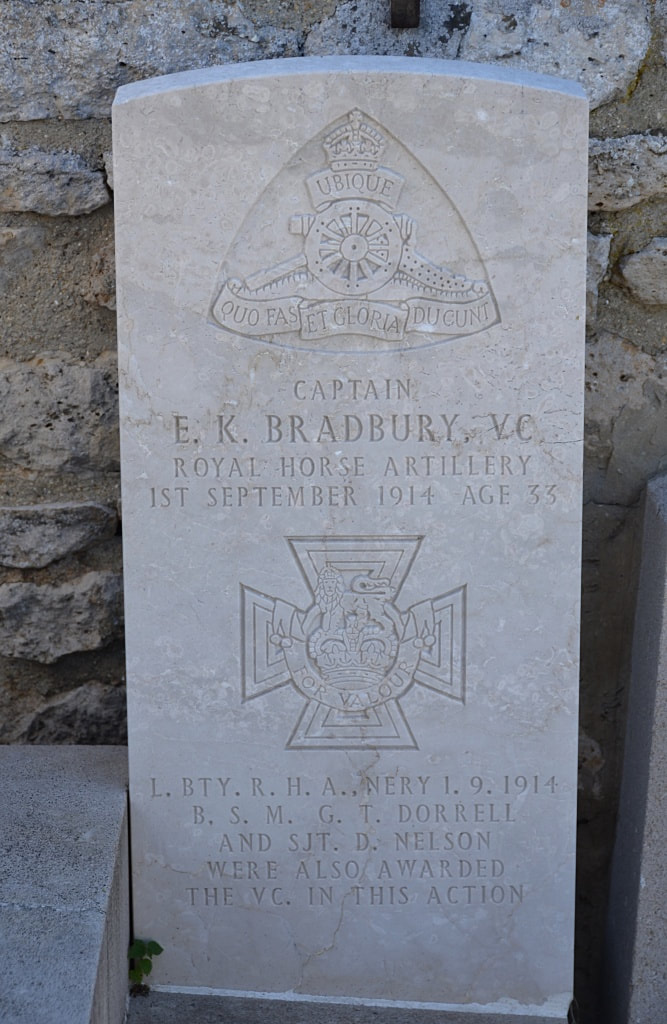NÉRY COMMUNAL CEMETERY
Oise
France
Location Information
Néry is a village in the Department of the Oise, between Verberie and Crépy-en-Valois. The communal cemetery is at the north-west corner of the village.
Historical Information
There are 27 Commonwealth casualties of the First World War commemorated at Néry Communal Cemetery. A vault stands on the west side of the cemetery, in which are buried three officers who fell during the action at Néry on the morning of 1 September 1914 and a fourth (brother of one of the three) who was killed in 1918. A Special Memorial in the North-west quarter, records the names of 12 men of "L" Battery, Royal Horse Artillery, who were killed or fatally wounded during the same engagement.
Identified Casualties: United Kingdom 20.
The Action at Néry
In the aftermath of the Battle of Mons, which took place on 23 August 1914, the British forces, along with their French allies, began retreating south west toward Paris. By the evening of 31 August, most British units had crossed the Aisne between Soissons and Compiègne and halted for the night on the south banks of the river. The men of the 1st Cavalry Brigade bivouacked in and around the village of Néry with orders to begin moving again at first light. The Brigade numbered almost 2,000 men and consisted of three cavalry regiments which were supported by L Battery of the Royal Horse Artillery. The cavalry were stationed in Néry while L Battery was billeted in a sugar factory just south of the village.
A heavy mist hung in the valley and visibility was poor as the sun rose on 1 September. The Brigade had awoken at 4.30 but a decision was made to delay departure for an hour and a half until the weather cleared. As they waited, officers and men busied themselves watering the horses and preparing breakfast. At approximately 5.30 a.m. a unit of the 11th Hussars which had been patrolling the woods outside Néry dashed into the village and reported that they had sighted a large enemy force. Just minutes after the patrol arrived on the scene, the Brigade came under heavy shell, machine-gun and rifle fire from the heights overlooking the village to the east.
The attack caught the Brigade almost completely by surprise and the effect of intense fire from above the village was devastating. The horses of L Battery bolted and several gunners were killed or wounded as they tried to take cover. Despite the chaos caused by the attack, Captain Edward Bradbury immediately began issuing orders and managed to get three of the battery’s six guns moved into firing positions. Two of these were soon put out of action by German shell fire, but Bradbury, along with Sergeant David Nelson and two gunners, manned a third gun and kept up a steady rate of fire against the German lines. The gun continued firing for over two hours, and successfully drew German artillery fire away from the British cavalry. The Brigade was able to hold its position and engage the attackers until reinforcements from III Corps arrived and forced the German units on the heights to retreat.
The German force that launched the attack at Néry amounted to over 5,000 men of the 4th Cavalry Division and thus outnumbered the 1st Cavalry Brigade by more than two to one. L Battery was almost completely destroyed during the fighting, but casualties in the rest of the brigade were relatively light. Captain Bradbury was fatally wounded while fetching ammunition and posthumously awarded the Victoria Cross. Sergeant-Major George Dorrell and Sergeant Nelson both survived the fighting and were awarded Victoria Crosses. The Commander-in-Chief of the BEF, Sir John French, formally mentioned the Brigade in despatches on 14 September.
Néry is a village in the Department of the Oise, between Verberie and Crépy-en-Valois. The communal cemetery is at the north-west corner of the village.
Historical Information
There are 27 Commonwealth casualties of the First World War commemorated at Néry Communal Cemetery. A vault stands on the west side of the cemetery, in which are buried three officers who fell during the action at Néry on the morning of 1 September 1914 and a fourth (brother of one of the three) who was killed in 1918. A Special Memorial in the North-west quarter, records the names of 12 men of "L" Battery, Royal Horse Artillery, who were killed or fatally wounded during the same engagement.
Identified Casualties: United Kingdom 20.
The Action at Néry
In the aftermath of the Battle of Mons, which took place on 23 August 1914, the British forces, along with their French allies, began retreating south west toward Paris. By the evening of 31 August, most British units had crossed the Aisne between Soissons and Compiègne and halted for the night on the south banks of the river. The men of the 1st Cavalry Brigade bivouacked in and around the village of Néry with orders to begin moving again at first light. The Brigade numbered almost 2,000 men and consisted of three cavalry regiments which were supported by L Battery of the Royal Horse Artillery. The cavalry were stationed in Néry while L Battery was billeted in a sugar factory just south of the village.
A heavy mist hung in the valley and visibility was poor as the sun rose on 1 September. The Brigade had awoken at 4.30 but a decision was made to delay departure for an hour and a half until the weather cleared. As they waited, officers and men busied themselves watering the horses and preparing breakfast. At approximately 5.30 a.m. a unit of the 11th Hussars which had been patrolling the woods outside Néry dashed into the village and reported that they had sighted a large enemy force. Just minutes after the patrol arrived on the scene, the Brigade came under heavy shell, machine-gun and rifle fire from the heights overlooking the village to the east.
The attack caught the Brigade almost completely by surprise and the effect of intense fire from above the village was devastating. The horses of L Battery bolted and several gunners were killed or wounded as they tried to take cover. Despite the chaos caused by the attack, Captain Edward Bradbury immediately began issuing orders and managed to get three of the battery’s six guns moved into firing positions. Two of these were soon put out of action by German shell fire, but Bradbury, along with Sergeant David Nelson and two gunners, manned a third gun and kept up a steady rate of fire against the German lines. The gun continued firing for over two hours, and successfully drew German artillery fire away from the British cavalry. The Brigade was able to hold its position and engage the attackers until reinforcements from III Corps arrived and forced the German units on the heights to retreat.
The German force that launched the attack at Néry amounted to over 5,000 men of the 4th Cavalry Division and thus outnumbered the 1st Cavalry Brigade by more than two to one. L Battery was almost completely destroyed during the fighting, but casualties in the rest of the brigade were relatively light. Captain Bradbury was fatally wounded while fetching ammunition and posthumously awarded the Victoria Cross. Sergeant-Major George Dorrell and Sergeant Nelson both survived the fighting and were awarded Victoria Crosses. The Commander-in-Chief of the BEF, Sir John French, formally mentioned the Brigade in despatches on 14 September.
Images in this gallery © Johan Pauwels
Images in this gallery Jean-Claude Graux
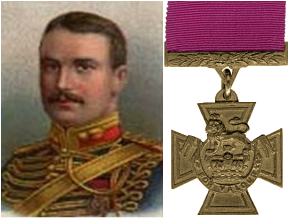
Captain Edward Kinder Bradbury, V. C. (Mentioned in Despatches)
"L" Battery, Royal Horse Artillery, died 1st September 1914, aged 33.
Son of Judge James Kinder Bradbury and Grace Bradbury, of Altrincham, Cheshire.
Citation: An extract from "The London Gazette," dated 24th Nov., 1914, records the following:- For gallantry and ability in organising the defence of "L" Battery against heavy odds at Nery on 1st September.
"L" Battery, Royal Horse Artillery, died 1st September 1914, aged 33.
Son of Judge James Kinder Bradbury and Grace Bradbury, of Altrincham, Cheshire.
Citation: An extract from "The London Gazette," dated 24th Nov., 1914, records the following:- For gallantry and ability in organising the defence of "L" Battery against heavy odds at Nery on 1st September.
Pictures above © Johan Pauwels
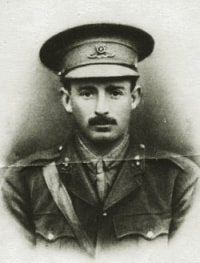
Lieutenant
John Davies Campbell, Mentioned in Despatches
"L" Battery, Royal Horse Artillery
1st September 1914, aged 31.
Son of Mrs. Jennie M. Campbell, of Howden Court, Tiverton, Devon, and the late Mr. J. D. Campbell.
John Davies Campbell, Mentioned in Despatches
"L" Battery, Royal Horse Artillery
1st September 1914, aged 31.
Son of Mrs. Jennie M. Campbell, of Howden Court, Tiverton, Devon, and the late Mr. J. D. Campbell.
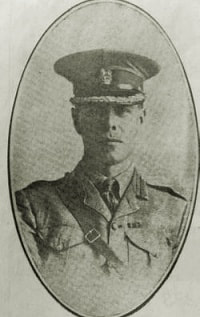
Major
John Stephen Cawley, Mentioned in Despatches
20th Hussars attached as Brigade Major 1st Cavalry Brigade.
1st September 1914, aged 34.
Son of Sir Frederick Cawley, 1st Bart., M.P. (now 1st Baron Cawley), and Lady Cawley, of Berrington Hall, Leominster, Herefordshire. His brothers, Harold T. and Oswald also fell.
Major John Cawley,was a staff officer of the 1st Cavalry Brigade. John was born at Crumpsall, Lancashire in 1879, the son of a wealthy cotton merchant Sir Frederick (later Baron) Cawley. John obtained his commission at the Royal Military College, Sandhurst and joined his regiment, the 20th Hussars, at Mhow, India in 1897. In 1913 he became Brigade Major to the 1st Cavalry Brigade He is commemorated in the church of St. Peter and St. Paul Leominster as follows: In Loving Memory of The Three Sons of - Lord and Lady Cawley Of Berrington Hall In this Parish who fell In the Great War Major John Stephen Cawley 20th Hussars Brigade-Major 1st Cavalry Brigade. Killed ~ Sept. 1 1914 at Nery in France and is buried there ~ aged 34. Captain Harold Thomas Cawley M.P. 1/6th Manchester Regt. Terr. Killed Sept 24 1915 at Gallipoli And is buried there ~ aged 37 Captain Oswald Cawley M.P. (Below),Shropshire Yeomanry. Killed ~ Aug. 22 1918 near Merville and is buried at Nery ~ aged 35
John Stephen Cawley, Mentioned in Despatches
20th Hussars attached as Brigade Major 1st Cavalry Brigade.
1st September 1914, aged 34.
Son of Sir Frederick Cawley, 1st Bart., M.P. (now 1st Baron Cawley), and Lady Cawley, of Berrington Hall, Leominster, Herefordshire. His brothers, Harold T. and Oswald also fell.
Major John Cawley,was a staff officer of the 1st Cavalry Brigade. John was born at Crumpsall, Lancashire in 1879, the son of a wealthy cotton merchant Sir Frederick (later Baron) Cawley. John obtained his commission at the Royal Military College, Sandhurst and joined his regiment, the 20th Hussars, at Mhow, India in 1897. In 1913 he became Brigade Major to the 1st Cavalry Brigade He is commemorated in the church of St. Peter and St. Paul Leominster as follows: In Loving Memory of The Three Sons of - Lord and Lady Cawley Of Berrington Hall In this Parish who fell In the Great War Major John Stephen Cawley 20th Hussars Brigade-Major 1st Cavalry Brigade. Killed ~ Sept. 1 1914 at Nery in France and is buried there ~ aged 34. Captain Harold Thomas Cawley M.P. 1/6th Manchester Regt. Terr. Killed Sept 24 1915 at Gallipoli And is buried there ~ aged 37 Captain Oswald Cawley M.P. (Below),Shropshire Yeomanry. Killed ~ Aug. 22 1918 near Merville and is buried at Nery ~ aged 35
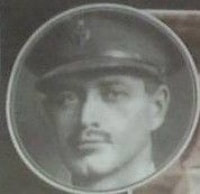
Captain
The Honourable Oswald Cawley
10th (Shropshire and Cheshire Yeomanry)Bn. King's Shropshire Light Infantry
22nd August 1918, aged 35.
Son of Sir Frederick Cawley, 1st Baron Cawley of Prestwich, and Baroness Cawley, of Berrington Hall, Leominster, Herefordshire. Member of Parliament for Prestwich Division, Lancashire since Feb. 1918. His brothers, Harold T. and John S. also fell.
Buried in the vault, eventually, is Captain Oswald Cawley who died near the Belgian border. Oswald was a brother of Major John Cawley and had been elected as a Member of Parliament for Prestwich just prior to his death, succeeding his father as MP. Oswald was buried near where he fell, but his father (1st Baron Cawley) was a man of influence – he had served in the Government as Chancellor of the Duchy of Lancaster – and in January 1919 he requested that Oswald be buried with his brother at Néry. The following month, the Imperial (as it was) War Graves Commission informed Lord Cawley that "at present it is not possible for the request to be complied with". An exchange of letters then ensued between Lord Cawley and various people within the IWGC, during which it was ascertained that this was a question of expense and logistics rather than IWGC policy. Lord Cawley then attempted to buy the land where Oswald was buried, but was prevented from doing so by French Government policy, so Oswald's grave was moved to Chocques Military Cemetery in August 1919. In December 1919 Lord Cawley again attempted to persuade the IWGC to bury his sons together. This could not be done at the time due to the IWGC's interpretation of French Policy, however the IWGC said it would be “carefully noted for future consideration”. This reconsideration took place in March 1920 and in August that year Oswald was reburied in Néry..
The Honourable Oswald Cawley
10th (Shropshire and Cheshire Yeomanry)Bn. King's Shropshire Light Infantry
22nd August 1918, aged 35.
Son of Sir Frederick Cawley, 1st Baron Cawley of Prestwich, and Baroness Cawley, of Berrington Hall, Leominster, Herefordshire. Member of Parliament for Prestwich Division, Lancashire since Feb. 1918. His brothers, Harold T. and John S. also fell.
Buried in the vault, eventually, is Captain Oswald Cawley who died near the Belgian border. Oswald was a brother of Major John Cawley and had been elected as a Member of Parliament for Prestwich just prior to his death, succeeding his father as MP. Oswald was buried near where he fell, but his father (1st Baron Cawley) was a man of influence – he had served in the Government as Chancellor of the Duchy of Lancaster – and in January 1919 he requested that Oswald be buried with his brother at Néry. The following month, the Imperial (as it was) War Graves Commission informed Lord Cawley that "at present it is not possible for the request to be complied with". An exchange of letters then ensued between Lord Cawley and various people within the IWGC, during which it was ascertained that this was a question of expense and logistics rather than IWGC policy. Lord Cawley then attempted to buy the land where Oswald was buried, but was prevented from doing so by French Government policy, so Oswald's grave was moved to Chocques Military Cemetery in August 1919. In December 1919 Lord Cawley again attempted to persuade the IWGC to bury his sons together. This could not be done at the time due to the IWGC's interpretation of French Policy, however the IWGC said it would be “carefully noted for future consideration”. This reconsideration took place in March 1920 and in August that year Oswald was reburied in Néry..

